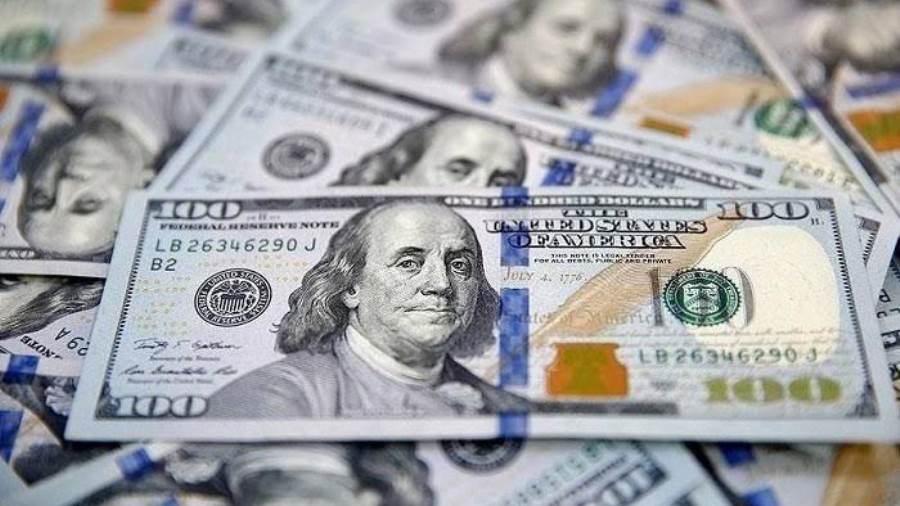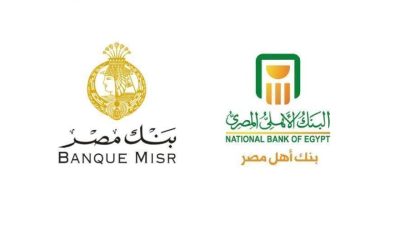شكؤا متابعينا الكرام لمتابعتكم خبر عن The Challenges of a Weak Dollar and Its Effects on Global Monetary Policies
The current weakness of the U.S. dollar is drawing increasing attention from central banks around the world, given its dual implications. On one hand, a declining dollar presents a temporary opportunity for importing countries to reduce the cost of goods priced in dollars. On the other hand, it poses a significant challenge to monetary policies—especially in emerging economies that rely heavily on dollar exchange rate stability to secure international financing and facilitate foreign trade.
Crisis of Confidence and Broader Implications
The U.S. dollar has dropped by more than 9% since the beginning of the year, driven by growing doubts about the future of U.S. economic policy. According to a Bank of America survey, 61% of fund managers expect the dollar to continue weakening over the next year—marking the highest level of pessimism toward the U.S. currency in nearly two decades.
Observers believe the dollar’s decline reflects a broader crisis of confidence, prompting investors to shift away from dollar-denominated assets and seek safer alternatives such as the Japanese yen, Swiss franc, and the euro.
Opportunities and Challenges for Central Banks
From an economic standpoint, a weaker dollar offers several advantages to many countries:
Reduces the burden of dollar-denominated debt.Lowers the cost of imports, helping to contain inflation.Provides central banks with more room to lower interest rates and support economic growth.
However, several accompanying challenges must also be considered:
A weaker dollar reduces export competitiveness, especially for export-dependent economies.There is a risk of capital flight, particularly in emerging markets experiencing exchange rate volatility.Weaker local currencies can lead to imported inflation.
Central Bank Responses
Responses from central banks to the weakening dollar vary according to local economic conditions, the degree of dollar exposure, and the size of external debt. Key reactions include:
Cutting interest rates, as seen recently with the European Central Bank taking advantage of easing inflation.Currency market interventions, such as those by the Swiss National Bank or the Bank of Japan when their currencies appreciate sharply.Diversifying reserves and reducing reliance on the dollar, as evidenced by the decline in the dollar’s share of global reserves from 65% to around 58% in recent years.
The Delicate Balance for Emerging Markets
Emerging markets face a particularly complex situation. While a weaker dollar helps ease debt burdens, it simultaneously brings serious risks, such as:Accelerated inflation due to weaker local currencies.Rising financing costs if confidence in monetary policy falters.The need to carefully balance rate cuts and growth support without triggering capital outflows.
Confusing U.S. Policies and Global Repercussions
Experts argue that trade tensions, erratic messaging from the U.S. administration, and efforts to interfere with Federal Reserve independence have all contributed to eroding trust in the dollar as a global currency.
Recent trends indicate a shift among countries toward alternatives such as gold, the euro, the digital yuan, and local currencies in trade agreements—part of broader efforts to gradually reduce dependence on the U.S. dollar.
< a href="https://news.twaslnews.com/%D8%A8%D9%86%D9%83%D9%8A/236866/">






